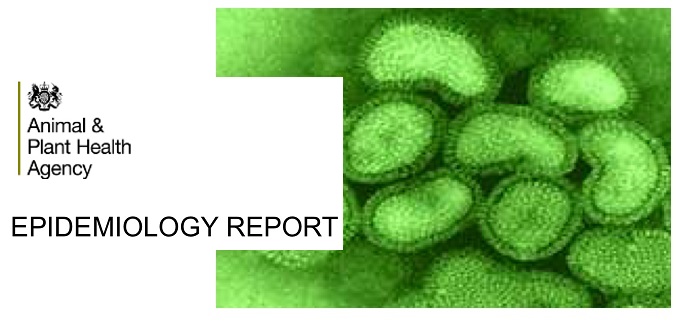A 32-page epidemiological report detailing the Government’s investigation of the avian influenza outbreak on a poultry breeding farm in Dunfermline in January 2016 how been published on the Animal and Plant Health Agency (APHA) website.
With the UK and Scottish government’s already having commented on the case, the APHA report stands as the official record of how the outbreak was handled at the time and how the cause was subsequently analysed.
The report’s executive summary includes the following points:
- It has been concluded that this H5N1 low pathogenicity avian influenza virus is a conventional European lineage virus exhibiting biological properties consistent with contemporary LPAI viruses that are occasionally detected in the EU in domestic poultry, and whose closely related progenitors are maintained in wild waterfowl populations.
- The virus is clearly distinguishable from viruses associated with the ongoing epidemic in France, and distinguishable from the group of HPAI viruses that have caused a global panzootic in the last 10 years. The genetic analyses suggest that all eight genes are of avian origin, without any specific increased affinity for humans.
- The epidemiological investigation has concluded that the most likely source of the outbreak is considered to be indirect contact with wild birds.
- Following extensive investigations, no evidence of avian influenza virus infection has been found on other poultry premises identified as tracings from the IP, or reported on other domestic poultry premises in the United Kingdom.


